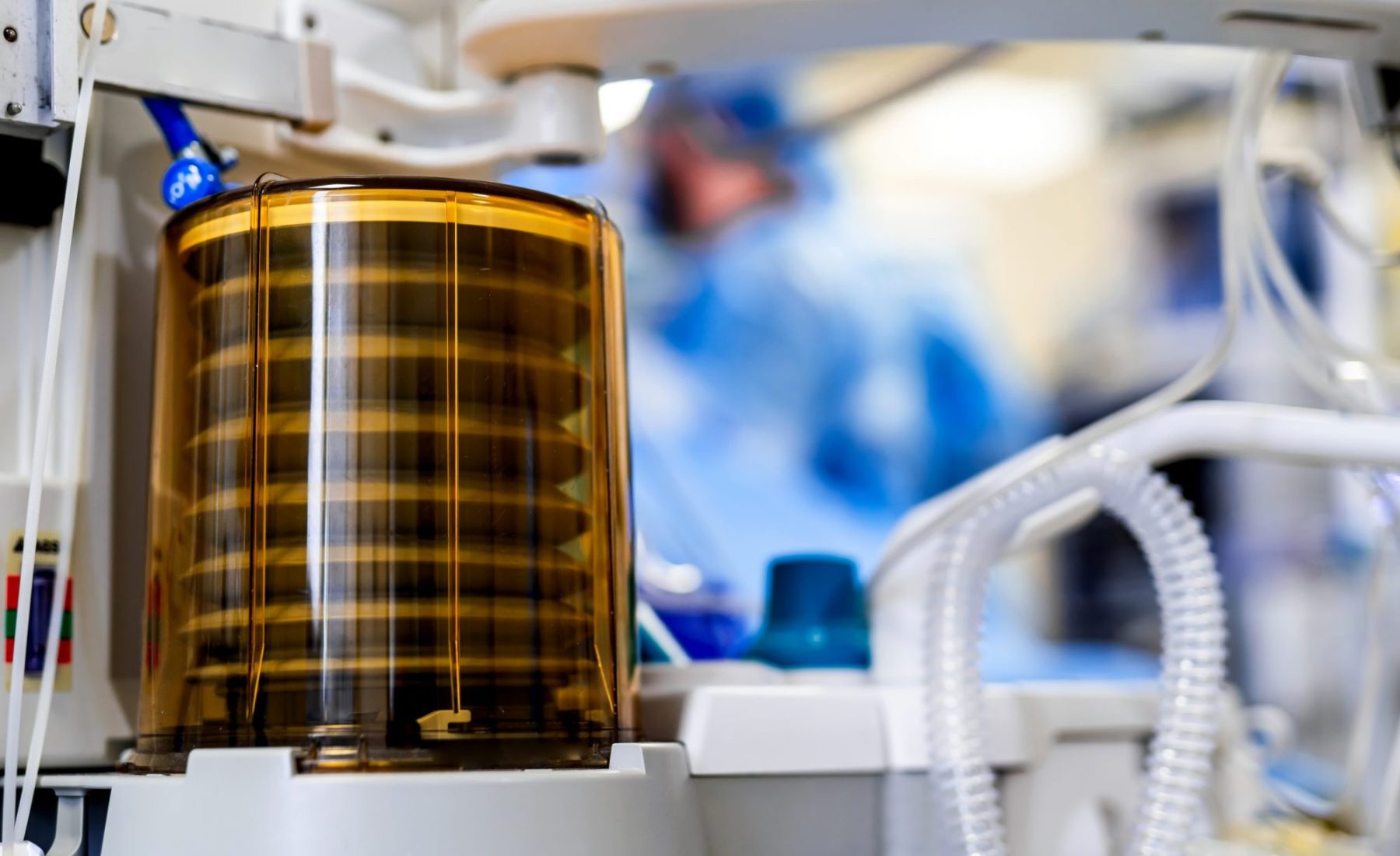From X-ray machines to pacemakers, electronics such as printed circuit boards (PCBs) have become increasingly significant in the medical field — providing drastically improved diagnostics and treatments for patients.
This year has presented the medical industry with unprecedented challenges. On the 11th of March 2020, the World Health Organization confirmed the coronavirus as a pandemic. The crisis has highlighted some glaring equipment holes in the global healthcare industry — most notably in the supply of life-sustaining devices such as ventilators.
Producing life-saving devices
Modern-day ventilators are based on technology developed during World War II to supply oxygen to fighter pilots flying at high altitude. These devices were later adapted to hospital breathing aids in the 1950s.
The most basic types, known as non-invasive ventilation, are relatively simple pieces of equipment involving a mask that can be fitted over a patient’s mouth and nose to help them breathe easier.
However, mechanical ventilators — the type used predominantly throughout the pandemic — involve inserting a tube into the patient’s airway. These ventilators are connected to complex machines, which feature digital controls for air pressure as well as a humidifier to match air to body temperature and add moisture.
In mid-March, the UK Government called on a range of manufacturing companies to assist with the production and supply of vital equipment such as ventilators and other medical devices. At the time, the UK had 5,000 adult and 900 child ventilators, but it was estimated that we would need a total of 30,000 to cope with the pandemic when cases peaked.
From a manufacturing standpoint, there are lots of different elements to a ventilator. There are all the components of the physical hardware to consider as well as the software, which is embedded in sophisticated integrated circuit boards. As a result, manufacturers with expertise in printed circuit boards have had a pivotal role to play in assisting the medical industry in the fight against coronavirus.
Upholding critical quality standards
Ventilators and other life-critical medical devices must be produced in accordance with the highest standards — be this in design, function, production or the quality system — to ensure complete reliability.
These standards translate directly into demands or considerations placed on the design of the PCB, as well as the manufacturing process as a whole. For example, PCB designs for medical applications must consider specific safety elements in areas such as radiation, electrical, thermal and mechanical safety.
The certification associated with these quality standards is ISO 13485, which serves as a regulatory or legal requirement in many countries to ensure the quality management systems of companies producing medical devices or parts.
Companies that hold this certification can be involved in one or more stages of the product lifecycle, including design and development, production, storage and distribution, installation or servicing of a medical device.
On the path to accreditation
Part of the reason why Robert Goodney, our Quality Manager, joined EMS back in 2018, was the strategic challenge of gaining further accreditations. The question was: which accreditation?
Our customer base spans several industry sectors. Even before the COVID-19 crisis, industry sectors such as aerospace, defence, automotive and building controls were all having varying degrees of growth below expectations. However, the medical device sector has seen steady growth and grown significantly for EMS during the pandemic.
As a key supplier of PCB assemblies used in ventilators and other medical devices, we decided to start the process of acquiring an ISO 13485:2016 accreditation. The aim of this initiative is to strengthen our position in the medical devices sector, support access to new business, further improve our process and product quality, protect our long-term future and bolster our standing as the supplier of choice.
We have now chosen NQA as our certification body, due to its extensive experience across several industry sectors, as well as ISO QMS standards and support of a combined quality management system. The stage-one audit took place at the end of September 2020, with the certification assessment scheduled for the beginning of February 2021.
Changes to our existing Business Management System (which is based on ISO 9001:2015) are currently being reviewed as part of our ‘gap’ analysis, and processes will be updated and created as required. We will also be making appropriate amendments to our quality manual to ensure mandated procedures and records are available and implemented. All of our staff will be trained where required and kept updated with progress, too.
If you would like to stay up to date with our accreditation journey and find out more about how our services are helping the medical industry, please follow us on Twitter or LinkedIn.












